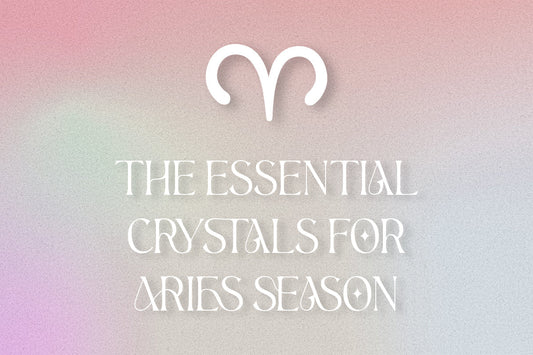Winter Solstice: A Guide for the Modern Spirit Sister
Erin EvelynShare
Why Do We Celebrate Winter Solstice?
A couple of times a year (twice to be exact!) you may hear whisperings about an upcoming Solstice.
A Solstice is the celestial event that takes place when the Sun arrives at either its most northerly or most southerly point. These are the dates on which we have the shortest or longest day of the year.
The Solstices mark not only the changing of the seasons, but they mark the progression through the cycle of life as well. Since Neolithic periods, many societies have celebrated the life-death-rebirth cycle or Saṃsāra, by celebrating these Solstices with festivals or rituals.
Whether you are a farmer, an astrologer, a meteorologist, a witch, or a member of a spiritual community – chances are you have June 21 and December 21 (give or take a day, and depending on which hemisphere you’re in!) marked on your calendar.

The Winter Solstice
The Winter Solstice marks the rebirth of nature – the changing of the seasons from the withered cold of Winter back to the lush warmth of Spring. When a period of famine hopefully makes way for a time of abundance and feast. When life begins to re-emerge from death.
The Winter Solstice also marks our rebirth.
Our habit is to turn inwards as the cold of Winter sets in. Winter is a time where we allow ourselves to slow down and rest, it’s also a time for self-reflection and self-care.
The Winter Solstice is the perfect time to make plans to act on whatever thoughts and ideas have emerged from that self-reflection. What have you been holding onto? Is it time to let go of the things no longer serving you?

Who Celebrates the Winter Solstice?
Winter Solstice rituals have been performed by civilizations all over the world for longer than modern history has been recorded. Many people associate the celebration of the Solstices with the Pagan belief system alone, however there is evidence that Winter Solstice is, and has been, celebrated by many groups all over the world.
Some cultures that are known to have celebrated the Winter Solstice:
Hindu
In the Hindu culture the Winter Solstice is celebrated on January 14th, the day that the Sun enters the Capricorn constellation, with a celebration called Makar Sankranti.
Makar Sankranti is a day when friends and family come together to celebrate and make offerings to the Sun God, and to give thanks for the blessings which they will begin to receive in the upcoming year. This is a time of gratitude, forgiveness, celebration, and for coming together as a family.
In India, many Hindu partake in a ritual of washing in sacred lakes and rivers to wash away the sins of the year.
Pagan
In Pagan cultures the Winter Solstice is marked by the celebration of the Yule holiday. Pagans celebrate the Longest Night (which usually falls on or around December 21) in many different ways. Some celebrate by performing rituals, ranging from complex rites to simple practices such as decluttering the home and smudging to cleanse energy in preparation for the new year to arrive.
You may recognize the traditional Yule log that is burned during this Pagan celebration, as it is one of the many practices that has been borrowed and adapted into Christian practice. The Yule log is a tradition beloved by many modern households.
East Asia
Many countries of Eastern Asia celebrate the Winter Solstice with a festival called Dōngzhì. During this time, much like in other cultures, friends and family gather to spend time with one another, and to enjoy a festive meal with their loved ones.
Dōngzhì represents both Yin and Yang energies. The Winter Solstice is a time when the negative Yin energy of Winter - the cold, harsh, darkness, begins to make way for the postive Yang energy - the warm, fertile, lightness of Spring.
Winter Solstice Ritual:
Now is the time to sow what you would like to reap later on.
It is time to manifest what you would like to bring into the Universe in the upcoming year.
Who will you re-emerge from the longest night as?



